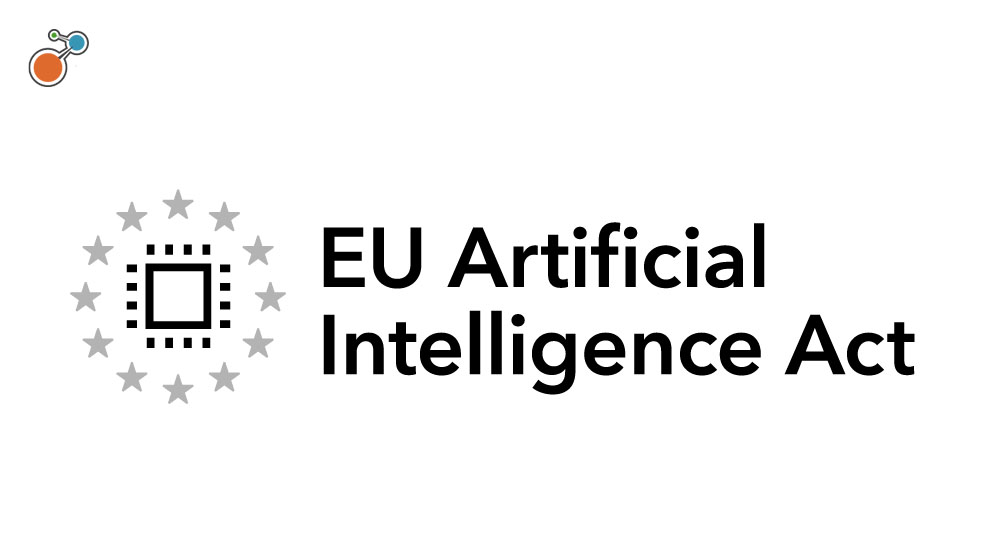Data privacy regulations were cited as the top concern by 40% of more than 300 compliance and risk professionals recently surveyed by Riskonnect.
Complying with far-reaching regulations like the EU’s GDPR (General Data Protection Regulation), California’s CCPA (California Consumer Privacy Act), and Illinois’ PIPA (Personal Information Protection Act) are keeping compliance professionals up at night – and the stress increases exponentially if multiple jurisdictions are involved.
Almost as anxiety-inducing are regulations tied to ESG – including new reporting rules and supply chain and due diligence laws – cited by 32% of survey respondents. Another 9% of respondents named financial regulations, specifically anti-money laundering, financial crimes, and SOX, as their top compliance concern.
While staff reductions are happening in other parts of the business, 82% of survey respondents said their risk and compliance team headcount has increased or remained the same over the past six months.
Even so, attracting and retaining talent in this area remains a challenge, and many compliance teams are stretched to the limit by the overwhelming volume of new regulations. Lack of talent resources can also compromise controls and risk processes (cited by 39% of respondents). Another 29% said talent issues reduce their ability to identify and respond to risk events.
 Do More with Less
Do More with Less
Managing compliance risks overall is an increasing challenge. Virtually every organization in every industry is facing an ever-growing and ever-changing number of regulations with which they must comply. At last count, more than 61,000 regulatory alerts from 1,374 regulatory bodies worldwide were sent out in a single year. That’s more than 234 updates per day.
Compliance teams, especially those not adequately staffed, need to be especially vigilant in optimizing resources to meet their responsibilities. And technology is often the answer.
With technology, organizations can:
Automate processes and controls. Technology can automate workflows, assessments, control testing, and remediation assignments, drastically reducing the amount of time and effort needed from the compliance team. With the help of technology, you can leverage a single assessment across multiple mandates. Instead of endlessly chasing down data, compliance teams can focus on investigating facts, understanding anomalies, and remediating issues.
Assess and prioritize regulatory change. A significant part of compliance management involves staying on top of an endless number of regulations that are in a constant state of flux. Technology can help compliance teams efficiently keep up with new regulations and laws. API integrations, for instance, can seamlessly connect external sources to your own risk data to bring deeper intelligence to your decision-making process.
Collaborate seamlessly. Technology provides a critical means of disseminating high-quality, real-time data so stakeholders can easily collaborate on actions. All corporate and legal policies, procedures, and requirements are stored in one, easily accessible place. Technology also breaks down silos by establishing consistent processes and controls across the organization and facilitating an unobstructed flow of information across all parts of the organization. By making it easier to communicate across the entire organization, technology also creates a sense of ownership where everyone has a part in reducing the organization’s chances of noncompliance.
Take a holistic approach. Technology connects initiatives and data to reveal real insights about how one part of the program affects another and the cumulative impact on the organization. With better insight, you can stop responding to regulatory change with a series of tactical fixes and start taking a more strategic approach to identify, prioritize, and address issues before they escalate into full-fledged problems.
With technology, compliance teams don’t waste time emailing spreadsheets back and forth or chasing down responses. Instead, they can spend their time investigating issues, understanding irregularities, finding solutions, and creating value.
 The Steep Price of Failure
The Steep Price of Failure
Efficiency in the compliance function is so important because one misstep can result in fines steep enough to cripple the organization’s future. Those unable to effectively manage compliance also open the door to reputational damage that can cut much wider and deeper than any monetary hit. A compliance failure could even put the organization at risk being unable to sell or deliver its products or services.
Organizations without repeatable, sustainable processes to manage compliance are in clear danger of failing. Simply adding technology, however, will not transform the compliance function into a model of efficiency. A successful move to automation requires a strong foundation with clearly defined responsibilities, processes, and controls.
 Become an Advisor to the Business
Become an Advisor to the Business
C-suites and boards are recognizing the value of compliance in supporting the overall strategy of the organization. Compliance professionals now have the opportunity to step up to the role of advisor to the business. But that will be a tall order if you are busy manually updating every spreadsheet to accommodate a single regulatory change.
Technology can help you manage all of the ins and outs of data privacy regulations, ESG reporting requirements, and much more. You’ll have the resources and insight to influence strategic decisions at every level. And you’ll sleep well knowing you have an efficient, well-constructed compliance process to successfully absorb whatever challenges may come your way next.
For a complete look at the survey findings, download The New Generation of Risk report, and check out Riskonnect’s Compliance software solution.


 Do More with Less
Do More with Less The Steep Price of Failure
The Steep Price of Failure Become an Advisor to the Business
Become an Advisor to the Business


